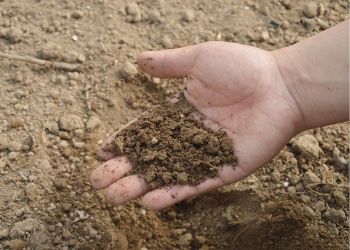If you’re looking for the best start for your mini roses, then the key to this is undoubtedly the soil that you plant them in. So in this guide, I’m going to take you through the best soil for miniature roses, both in your flower beds, and when growing in pots.
Planting mini roses in the ground? Then aim for loamy soil that will drain well. A combination of peat moss and potting soil. This helps with early root growth by keeping the soil light and nourished. For planting miniature roses in pots, both indoor and outdoor potting soil can be ideal.
That’s the simple answer, but as we all know when gardening, it’s not always that easy, and there are things you can do to assist and optimize the plant’s growth further. So let’s get into the details…
Where to plant miniature roses
Many people believe miniature roses are designed with the indoors in mind, in containers. But this isn’t the case.
Miniature roses can be planted outdoors. They may be smaller than outdoor roses, but can actually be hardier than some hybrid tea rose varieties. The only real difference is size. Choose a site with plenty of sunshine, and well-drained soil and follow a few simple preparation guidelines.
In fact, for gardens with smaller spaces, miniature roses really make good use of the capacity of your flow bed.
I often use a very similar planting regime whether I’m planting miniature roses whether indoors or outdoors
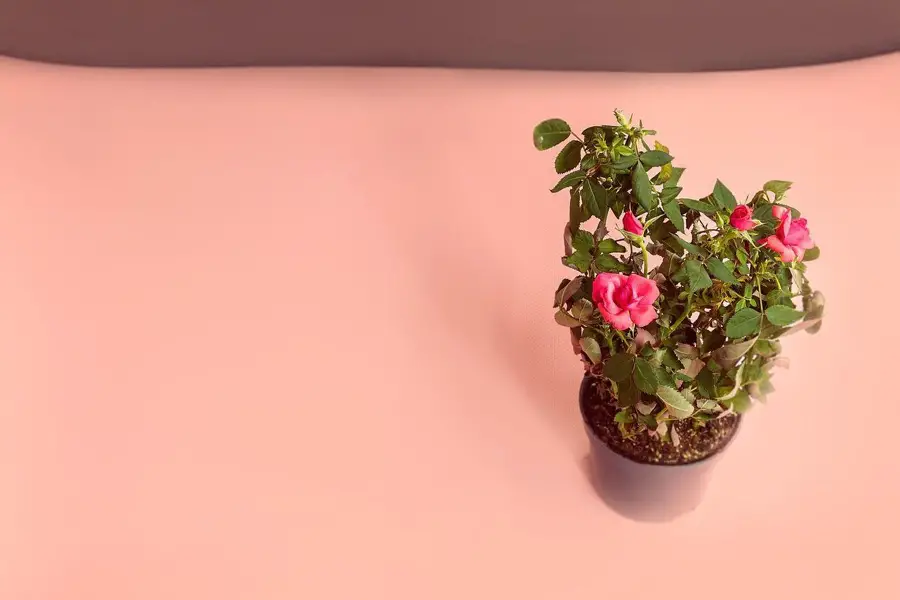
The best soil for miniature roses
The right combination of soil is essential for optimal growth. You need soil that is fertile and will drain well, as this allows the roots to grow down easily, giving you stronger plants with fewer pest problems.
“Roses don’t like wet feet”, as the saying goes, so you want to make sure that the soil is sufficiently aerated and drains well.
Organic matter helps by providing nutrients, improving the texture of the soil, and helping it retain moisture more effectively. But not too many nutrients for young seedlings as we’ll see later.
Loam or ‘Loamy” soil is the best soil to grow miniature roses outdoors. It’s a combination of sand, clay, and silt. If you don’t have loamy soil then you can use peat moss mixed in with your existing soil for the first year or so until the roots are established. In addition to good drainage, it will help provide nutrients that roses need as they grow.
It’s not just about the soil of course. Much like standard rose varieties, miniature roses need 5 – 6 hours of good sunlight per day to thrive to their best.
And they also need plenty of water, especially during the summer months. So you’ll want to make sure your miniature roses have a good supply of both nutrients and moisture in order to give them the best chance possible for success.
If you are looking for the best soil for miniature roses, then loam is definitely the way to go. Loamy soil offers the best combination of what they need.
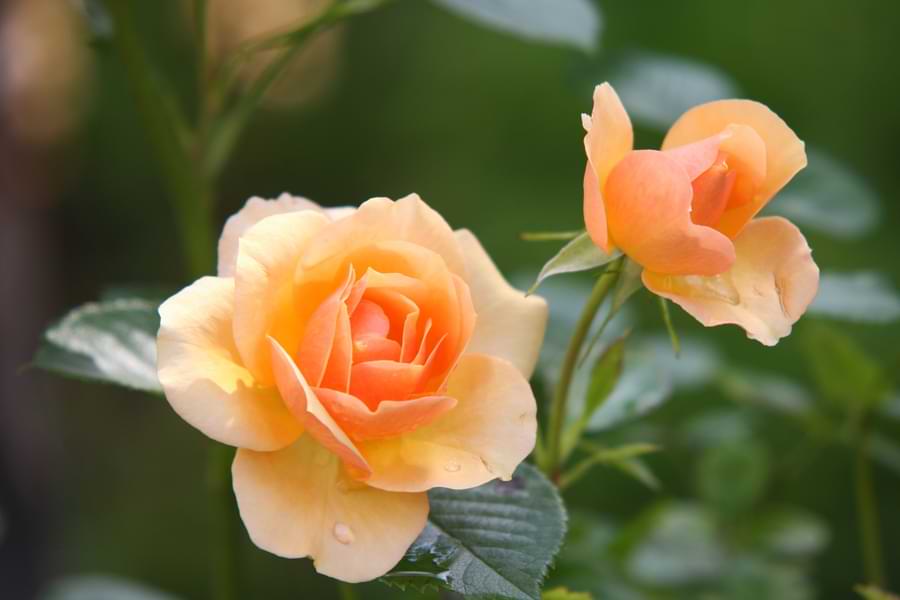
Ground preparation
Soil preparation should begin around 2 months beforehand, and once prepared needs around 4-6 weeks to settle in after you’ve worked in the loamy soil, ether that you’ve purchased, or created yourself.
Getting the best soil for miniature roses requires lots of ground preparation. After weeding, and tilling the ground, start with making up your soil to be high in organic matter. Add some compost or aged manure to the soil to give it a boost.
Next, you need to consider the type of soil you have. If your soil is heavy, dense, and clay-like, then you’ll want to add some sand and perlite in order to ensure the soil can drain sufficiently.
Getting loamy soil
If you just want to go ahead and buy loamy soil for your roses, then most nurseries and garden centers will stock it in some form or other. And most flower compost will be suitable for miniature roses and mature roses.
If you want my best advice though on what loam soil to use, based on what rose, and where you’re planting, then check out my best loam soil page here.
I usually make my own loamy soil when preparing a new bed. If planting in pots then I tend to use a couple of different types depending on the age of the rose. To help with the mix, I use Dr Earth Organic Rose and lower fertilizer.
For the more mature roses I’m planting, I use a more nutrient-rich composition as it won’t burn the roots.
How to make Loam soil
You should aim for a medium to a heavy mix of loamy soil, The loam for miniature roses should be around 10″ – 12″ deep. I usually say around 12″ – 14″ (30-35cm) deep for mature roses, but honestly, no need to measure it out. It’s just a gauge.
The technical composition of what is considered loamy soil is:
- Sand: 52% or lower
- Silt: 28% to 50%
- Clay: 7 to 27%
To me though, this is too “clay-heavy” as a standard composition. Clay is sticky stuff, and not great at draining. So for me, I go less on the clay and more on the other components.
Likewise, you don’t want too much sand in the mix. Sand will drain much more quickly than the other components …so it won’t retain enough moisture.
You can see how this can quickly become rocket science! So let’s keep this simple…
To make “loamy soil” at home, simply combine:
- 1 part topsoil (or garden soil)
- 1 part peat moss or compost
- 1 part coarse sand or perlite
You can use some clay too if you have it, but I’d say not too much of it. It does help if the plant has a clay subsoil.
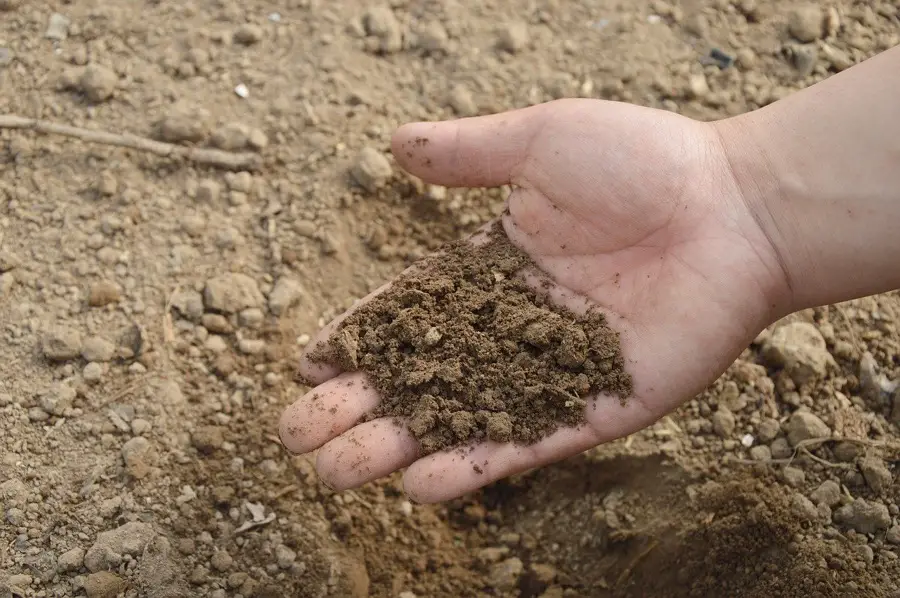
If you’ve not used perlite before then perhaps it’s time to use it for your roses – because it’s ideal!
Perlite is a volcanic rock that has been superheated and then cooled. It’s lightweight and holds water well, making it ideal for use in soil mixes.
You can add a little more of one ingredient or another to adjust the texture, but this is generally the proportions you’ll want to use. Be sure to mix the ingredients together thoroughly.
Drainage for roses
To make sure your plants have enough drainage, lay a layer of gravel or coarse sand at the bottom of the planting hole before adding your rose bush. This will help ensure that excess water can drain.
Before planting fill the hole mostly with water ass a test. It should drain within around 15 minutes. If it takes much longer then you need to consider improving this.
If you have poor drainage, you could consider:
- Planting elsewhere
- Dig deeper, then work in some more organic matter and a lighter soil mix
- Raise the bed with fresh garden soil
Once you have your loamy soil mostly made up, I then often enrich it a little further…
Planting miniature roses into ground soil
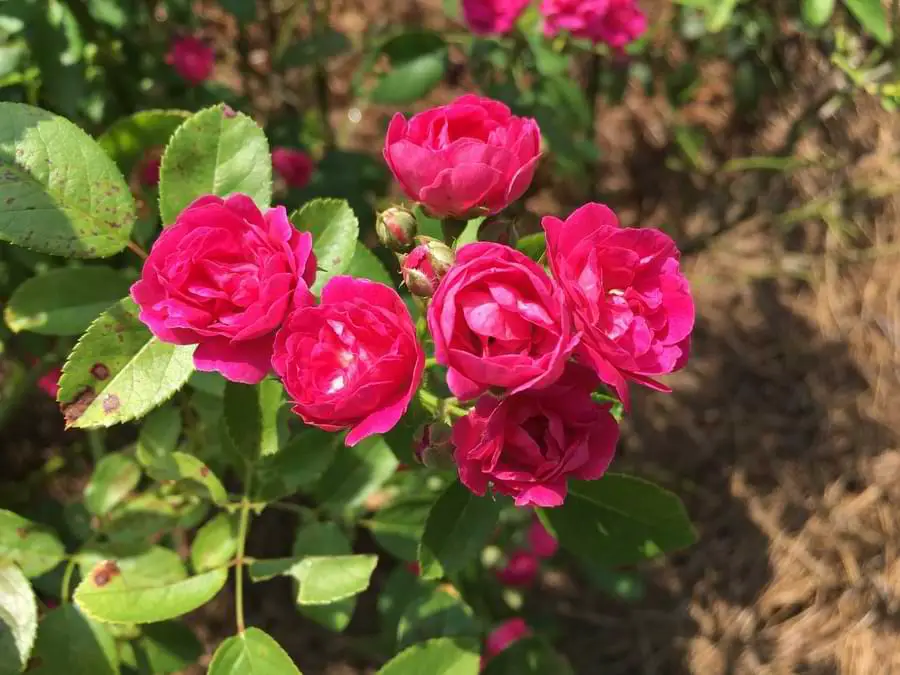
So for planting miniature roses in the ground, adding a combination of peat moss and potting soil works well, particularly when mixed with compost or manure to add extra nutrients.
I always try to use one part peat moss to two parts potting soil and then add a little bit of compost or manure to the mix.
- One part peat moss
- Two parts potting soil
- A small amount of compost
- A small amount of manure
You don’t want to “overwhelm” the loamy soil you’ve made, so don’t make your enrichment combo of compost and manure more than around 20% of the overall soil content.
You can also use all peat moss, but I find that it doesn’t drain as well and can sometimes be too acidic for the plants.
A gravel layer mix at the bottom of the planting hole can also help but isn’t necessary.
This might all seem extensive, but I only do this really when first planting. I then just top-up the soil each year.
Soil pH for Roses
Soil Ph is important when planting miniature roses, as it will impact the growth and vitality of your plants.
You should aim to keep your soil at a pH level between 6.5 and 7.0, which can be done by adding lime or sulfur to the soil as needed.
Do not add fertilizer
Avoid adding fertilizer when planting your roses, particularly since you have just made the perfect soil combination.
So you do not want to change the pH of the soil and will not help the plants. It may burn the new roots, but also it may encourage them to grow during the dormant part of their cycle, leaving new shoots prone to frost damage.
If you’ve prepared your soil to a sufficient level then there’s no need to fertilize. Wait until the rose has established itself and had a chance to bloom before any first application of fertilizer.
For most, this will likely be around late Spring …depending on your planting zone, rose variety, etc.
Planting roses in sandy soil
Roses are pretty adaptable, and they will grow even if you plant them in just garden soil.
The one soil to avoid, however, is a sandy soil mix. It simply doesn’t retain the water sufficiently. Roses like good drainage, but not soil that just passes water through. Or they can become so compact that they become Hydrophobic, and water will simply run off the area.
If your soil is too sandy, it can be fixed. Just dig through plenty of organic material and adding a good helping of mulch layer will help retain enough water.
What roses to plant and the tools ~ More roses help 🌹
We all have our favorite roses, but if you’re looking for some ideas, then first check out the rose categories you might want to grow!
Here are my recommended tools and resources for growing great roses!

Hi, I’m Michael. My passion for roses was sparked a few years ago after visiting a dedicated community rose garden. So Rosehow.com represents my take, my learnings, and my help for anyone looking to grow, be proud of, and harvest roses.

